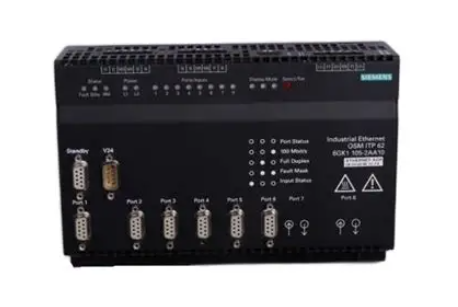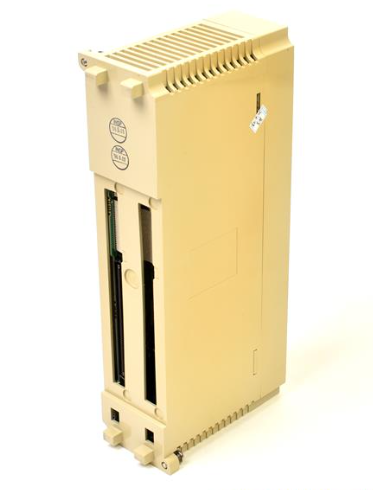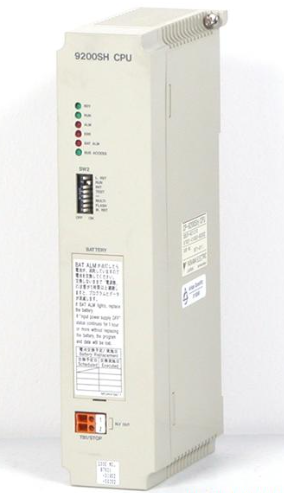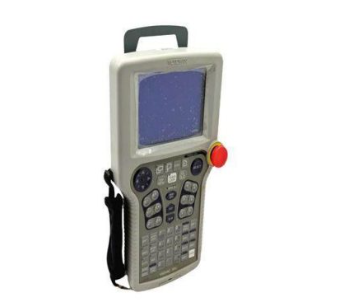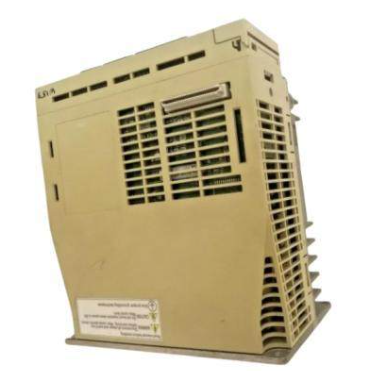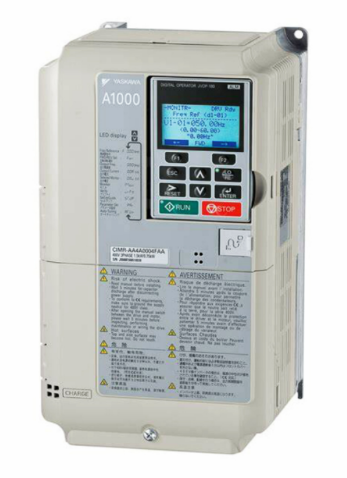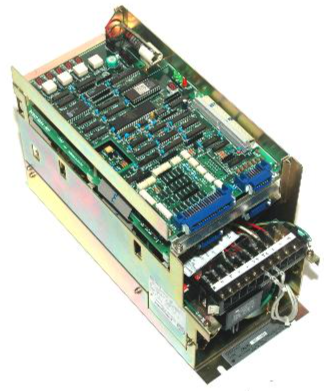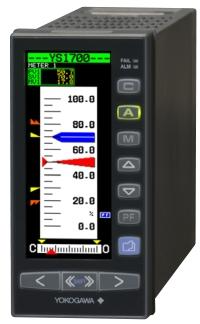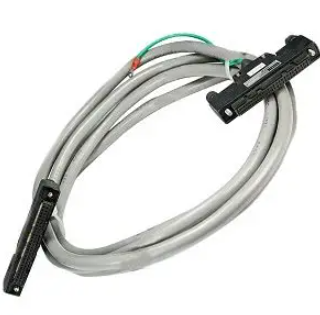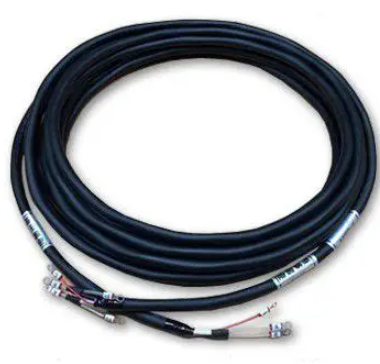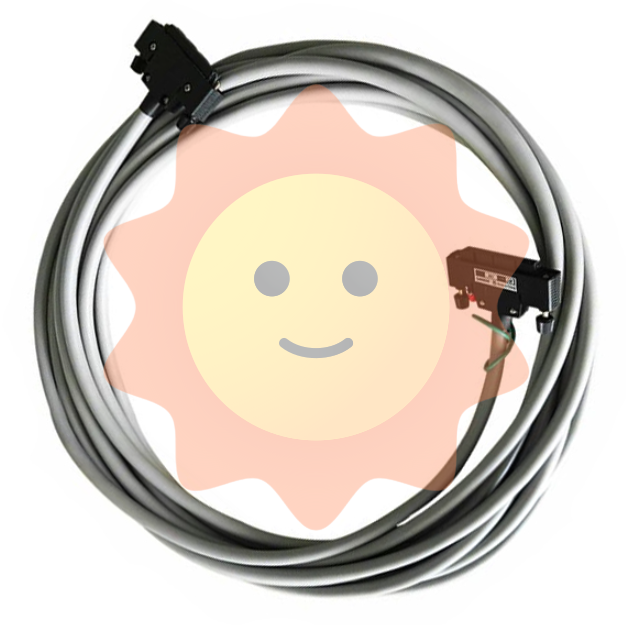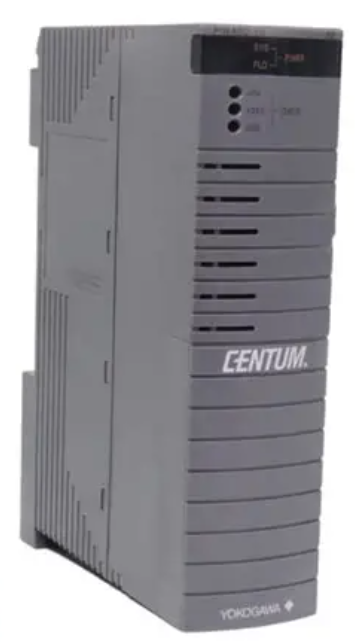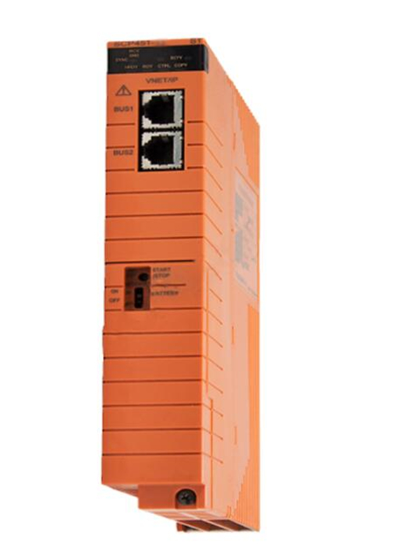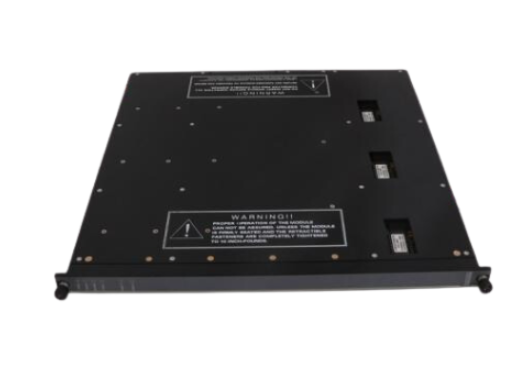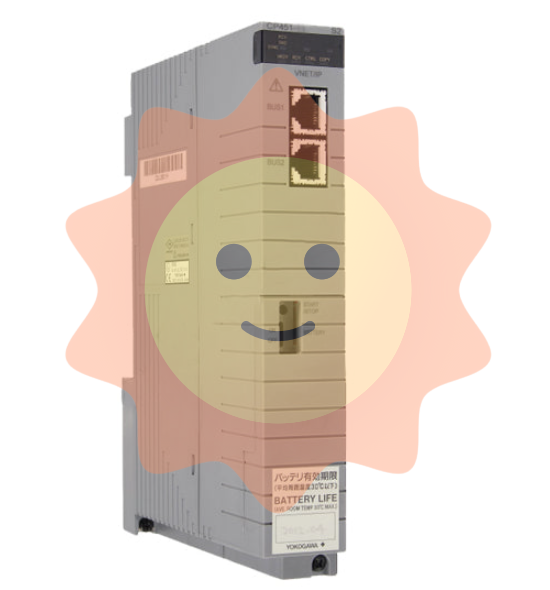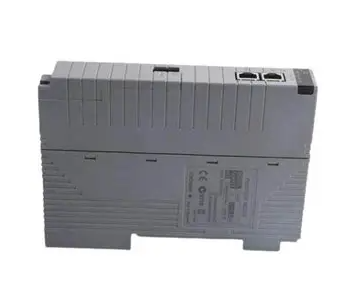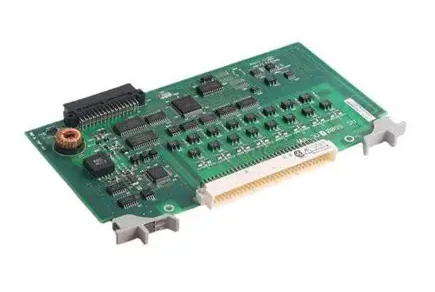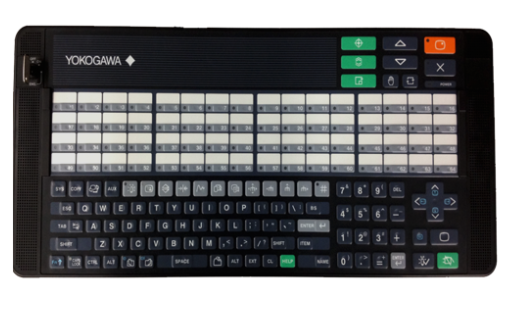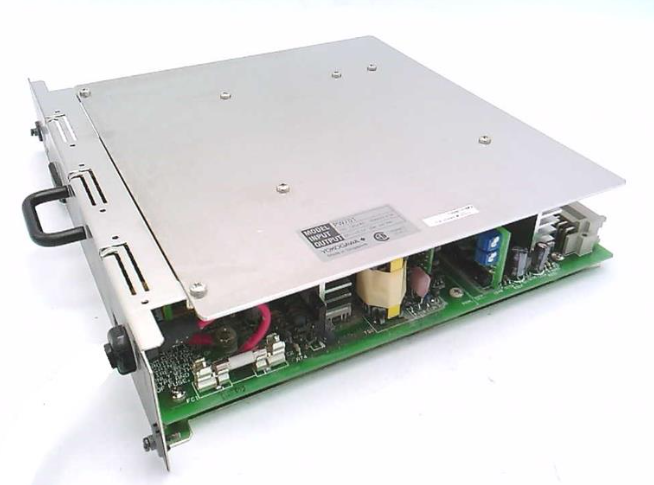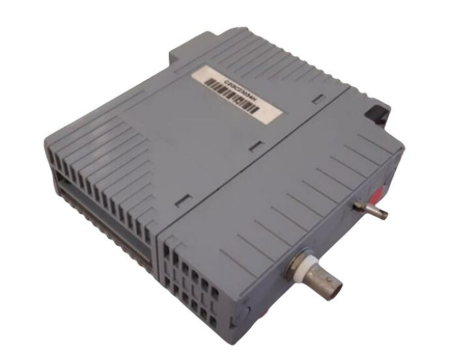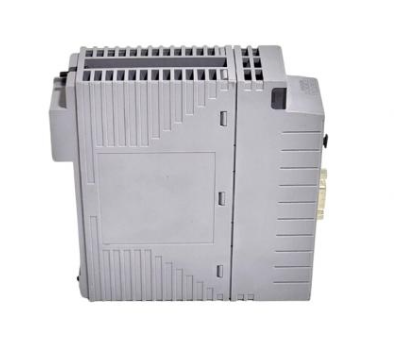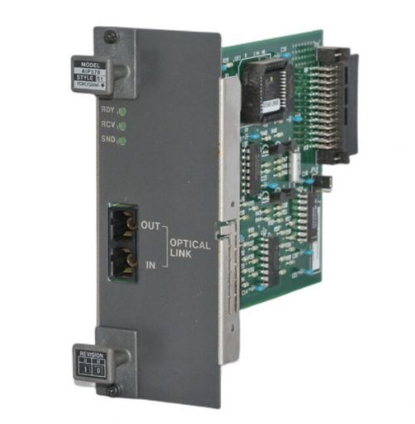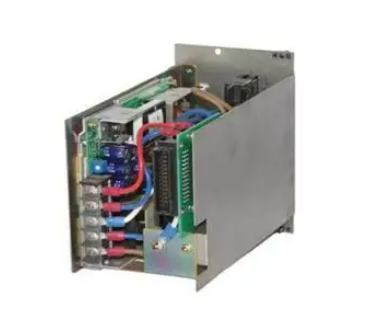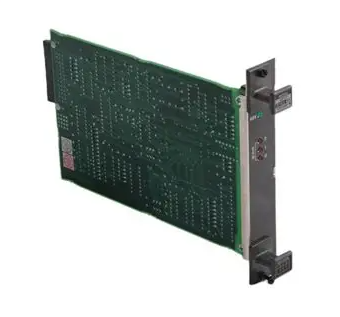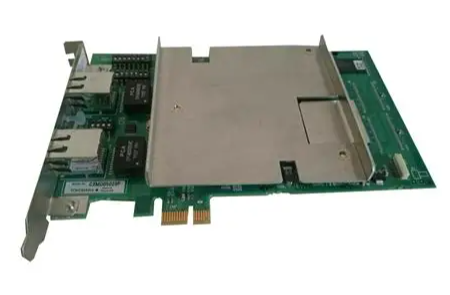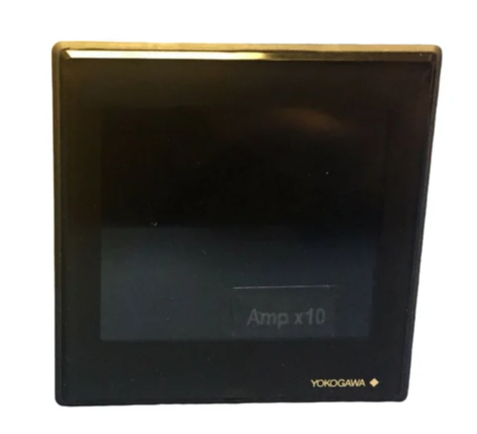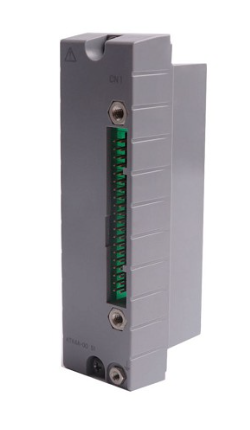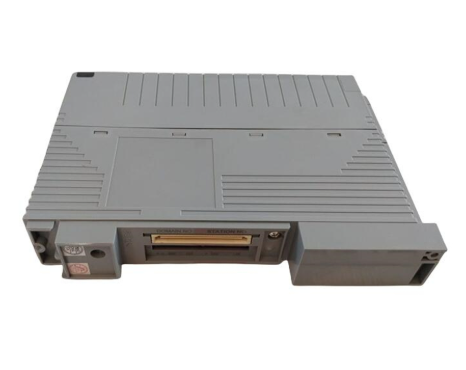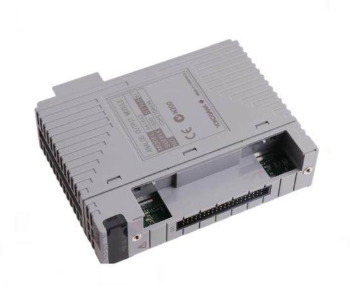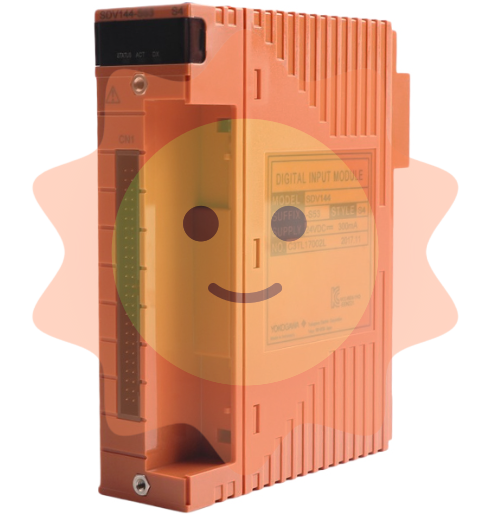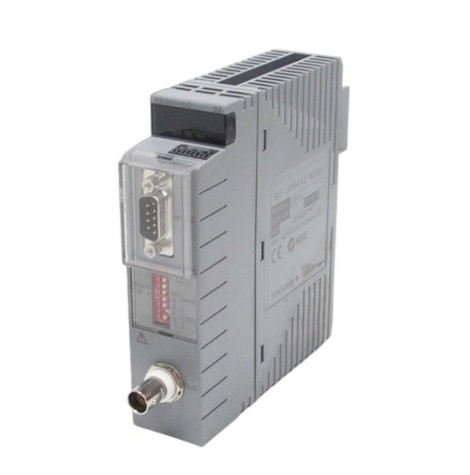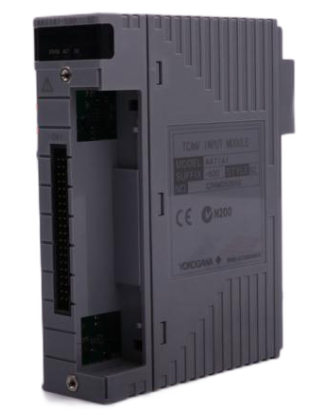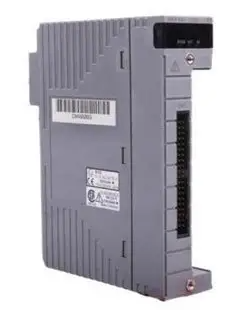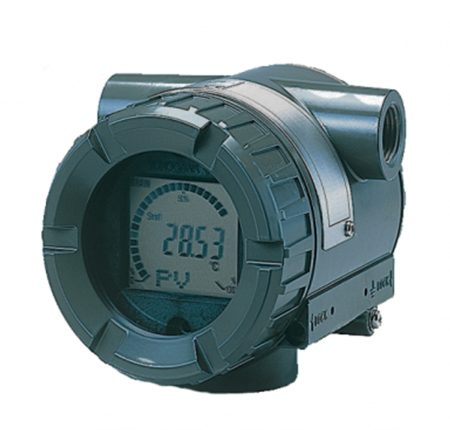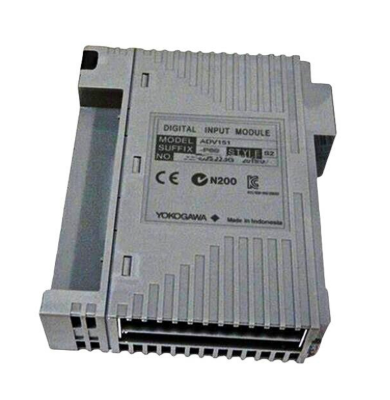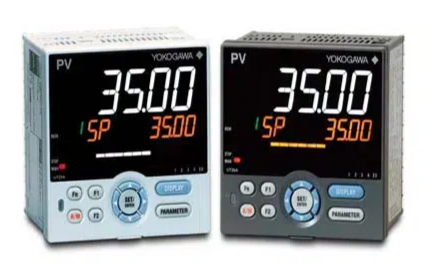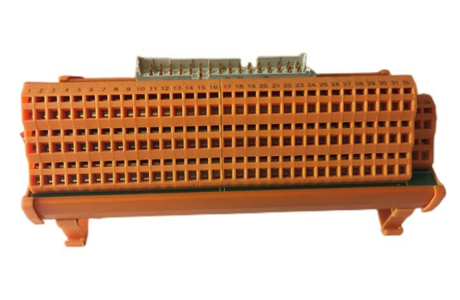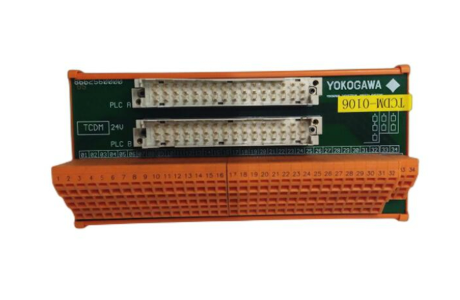Yokogawa AQ1000 OTDR Optical Time Domain Reflectometer
Data loading: Press the MENU button, click the Load button, select the storage medium and target file (SOR/CFG/SOZ/PDF), the corresponding data will be displayed after loading the SOR/SOZ/CFG file, and the content will be viewed through a PDF viewer after loading the PDF file.
3. Report generation
Single file report: Press the MENU button, click the Report button, select the SOR file that needs to generate the report, set the report content items (such as job information, link summary, waveform diagram), and generate a PDF format report.
Multi file report: Press the MENU button, click the File button, select multiple SOR files, click the export report icon, and batch generate PDF reports.
System settings (key items)
1. OTDR settings (measurement related)
Measurement settings: including wavelength, distance range, pulse width, average duration (automatic or manual, 5-30 minutes), automatic save (ON/OFF), in use fiber alarm (ON/OFF, detecting the presence of communication light in the fiber to avoid affecting communication), connection check (ON/OFF, prohibiting OTDR port from emitting light when the fiber is not properly connected).
Event Analysis Settings: Set event search criteria (fusion loss threshold 0.01-9.99dB, return loss threshold 20-70dB, fiber endpoint threshold 3-65dB, whether bending loss is detected), pass/fail judgment (ON/OFF and threshold for each judgment item), and transmit fiber settings (ON/OFF, set the length of the transmit fiber to eliminate the influence of near end blind spots).
Analysis settings: Set the refractive index (IOR, 130000-179999, default 1.46000), backscatter level (1 μ s pulse width: -10.00 to -64.99dB; 1ns pulse width: -40.00 to -94.99dB), and mark the approximate method (LSA least squares method/TPA two-point method).
2. File settings
File Name Setting: Select the file name components (wavelength, comments, company name, fiber ID, etc.), set the tape number type (OFF or a-b to a-h), delimiter (such as _,~), and ID number (0-9999).
Report settings: Check the contents included in the report (such as job information, link summary, MAP chart, TRACE waveform, event list, etc.).
Label setting: Fill in fiber related information (company name, fiber type, cable ID, starting/ending position, etc.), which will be saved with the SOR file for easy traceability.
3. System settings
Power management: Set the screen brightness (Bright/Normal/Power Save/OFF) and automatic sleep time when powered by the battery/USB-AC adapter.
Network settings (/WLN options): Supports access point mode (AP) and station mode (Station), sets SSID, encryption type (WPA2-PSK), password, IP address, subnet mask, etc., can remotely control devices or transmit data through wireless LAN.
Restore factory settings: Select "Setup" to reset settings only (without deleting internal memory files), or select "All" to reset settings and delete all files in the USER folder except for the user manual (the BACKUP folder will be rebuilt to its default state).
Wireless LAN usage (/WLN option)
1. Network configuration
General settings: Press the MENU key → System Setup → Network Setup → Common Setup, set the username (default anonymous) and password for wireless connection authentication.
Access Point Mode (AP): Set SSID (such as AQ1000_TEMP01), encryption type (WPA2PSK), password, broadcast channel (AUTO or 1-11ch), IP address (such as 192.168.0.2), subnet mask (255.255.255.0), DHCP allocation starting address (such as 192.168.0.100), with the device as the access point and wireless terminals directly connected.
Workstation mode: Select a fixed SSID (manually entered or selected from a list of detected access points), set a password, DHCP (automatically obtained or manually set IP), and connect the device as a workstation to the existing wireless LAN.
2. Data transmission and remote control
Data transmission: Press the MENU button → System Setup → WLAN application, click OTDR Data Transporter, the device enters standby mode, the wireless terminal (such as a mobile phone) connects to the corresponding SSID, starts the OTDR Data Transporter software (needs to be downloaded from Yokogawa official website), and the data in AQ1000 can be transmitted.
Remote control: Click on OTDR Remote Controller, the device enters standby mode, the wireless terminal (PC/phone) connects to SSID, and controls the device through Yokogawa OTDR Remote Controller software or browser (enter device IP address), supporting control mode (can operate device, download files) and view mode (only view screen, download files).
Maintenance and upkeep
1. Daily inspection and cleaning
Mechanical inspection: After power failure, check the appearance of the equipment for any damage or deformation, ensure that the switches, connectors, and screws are not loose, and that the switches and moving parts operate smoothly; After powering on, check that the startup screen is normal, the buttons can switch screens, and the touch screen operation is sensitive.
Cleaning:
External device: Power off and disconnect the USB-AC adapter, wipe with a wrung out damp cloth, and avoid chemicals such as diluents, benzene, and alcohol to prevent deformation and fading.
- EMERSON
- Honeywell
- CTI
- Rolls-Royce
- General Electric
- Woodward
- Yaskawa
- xYCOM
- Motorola
- Siemens
- Rockwell
- ABB
- B&R
- HIMA
- Construction site
- electricity
- Automobile market
- PLC
- DCS
- Motor drivers
- VSD
- Implications
- cement
- CO2
- CEM
- methane
- Artificial intelligence
- Titanic
- Solar energy
- Hydrogen fuel cell
- Hydrogen and fuel cells
- Hydrogen and oxygen fuel cells
- tyre
- Chemical fiber
- dynamo
- corpuscle
- Pulp and paper
- printing
- fossil
- FANUC
- Food and beverage
- Life science
- Sewage treatment
- Personal care
- electricity
- boats
- infrastructure
- Automobile industry
- metallurgy
- Nuclear power generation
- Geothermal power generation
- Water and wastewater
- Infrastructure construction
- Mine hazard
- steel
- papermaking
- Natural gas industry
- Infrastructure construction
- Power and energy
- Rubber and plastic
- Renewable energy
- pharmacy
- mining
- Plastic industry
- Schneider
- Kongsberg
- NI
- Wind energy
- International petroleum
- International new energy network
- gas
- WATLOW
- ProSoft
- SEW
- wind
- ADVANCED
- Reliance
- YOKOGAWA
- TRICONEX
- FOXBORO
- METSO
- MAN
- Advantest
- ADVANCED
- ALSTOM
- Control Wave
- AB
- AMAT
- STUDER
- KONGSBERG
- MOTOROLA
- DANAHER MOTION
- Bently
- Galil
- EATON
- MOLEX
- Triconex
- DEIF
- B&W
- ZYGO
- Aerotech
- DANFOSS
- KOLLMORGEN
- Beijer
- Endress+Hauser
- MOOG
- KB
- Moxa
- Rexroth
- YAMAHA
- Johnson
- Westinghouse
- WAGO
- TOSHIBA
- TEKTRONIX
- BENDER
- BMCM
- SMC


Email:wang@kongjiangauto.com



